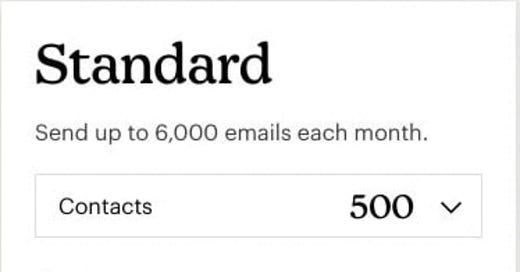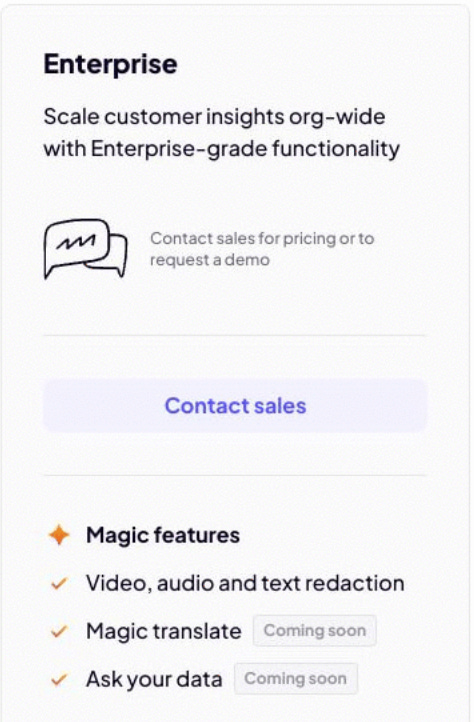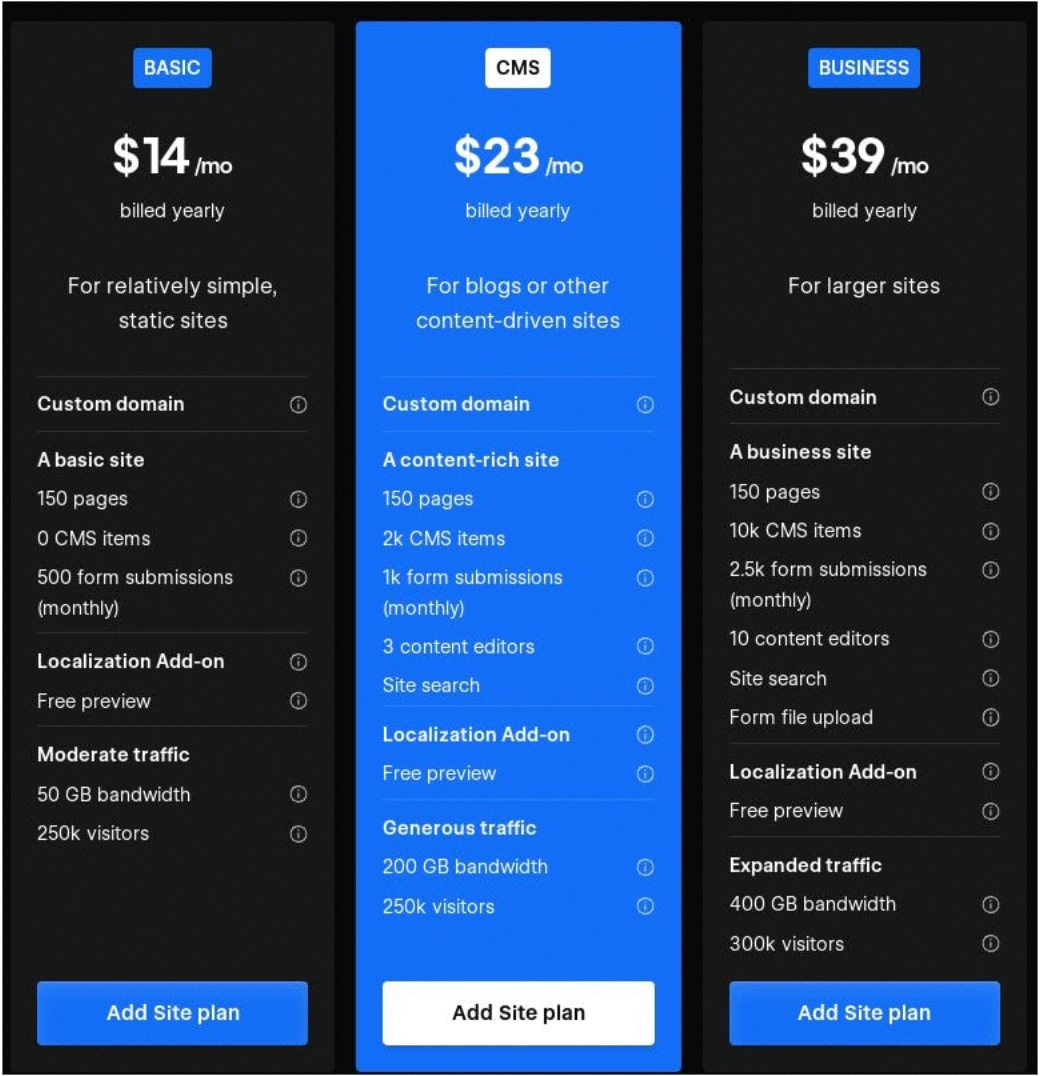GTM Tactics from Mailchimp, Webflow, and Gusto
Plus: A Personalized ROI Assessment from Blue Rocket.
Welcome back to Good Better Best.
Today, we’ve got GTM tactics from 4 SaaS players:
Mailchimp introduced a new discount strategy
Dovetail pre-announced a new feature
Webflow updated its pricing grid design
Gusto added pricing for its Premium plan
Let’s get to it!
PS. If you missed it, check out the PricingSaaS Q1 Benchmarks Report to check out the most interest pricing moves in Q1, and patterns in AI and usage-based pricing.
Get a Personalized ROI Assessment
Today’s post is brought to you by Blue Rocket, a boutique pricing consultancy that works with some of the biggest players in SaaS.
Blue Rocket is led by Jason Kap, a SaaS pricing legend who spent 16 years leading pricing and licensing at Microsoft.
Measuring the ROI of a pricing project can be HARD, but the team at Blue Rocket has it down to a science. It’s one reason they’re the pricing partner of choice for SaaS juggernauts like Salesforce, Google, and Zendesk.
The Blue Rocket ROI Calculator customized variables based on your company and business model to determine the revenue you could be missing out on.
If you’ve been on the fence about a pricing project, the ROI calculator will give you the hard numbers to build a case. Having seen Blue Rocket’s work firsthand, I can’t recommend it enough.
📆 This week in SaaS GTM
1️⃣ Mailchimp introduced a new discount strategy [view update]
Mailchimp introduced a promotion that lets customers get started for $1 per month:
This reminds me of similar promotions from publishers like The New York Times, though their promotions typically have a longer duration (e.g., 6 months or a year).
This tactic has a few immediate benefits:
Customers have (at least some) skin in the game. This is one of the biggest arguments against Freemium.
A credit card is required, so continuation is seamless after the discount window ends.
Pulling out the credit card requires some activation energy, which makes it easier to justify dedicating any customer support/success resources to these customers.
The one thing I would consider is extending the discount window to 2-3 months. This promotion functions similarly to a free trial, and email is one of those tools that gets stickier the more you use it. While adding another month or two to the window will sacrifice short term revenue, it could pay off in higher conversion and retention downstream.
2️⃣ Dovetail pre-announced two features [view update]
Dovetail labelled two features on its Enterprise plan with a Coming Soon tag:
This is a cool move that both gives visitors a sneak-peak at the product roadmap, and helps beef up a plan that might not have that many differentiating features.
One thought to make this a stronger conversion lever would be to include a CTA that allows visitors to sign-up to become beta users or to get a pre-recorded demo of the feature. Either way, giving site visitors an option to express interest could help drive more inbound leads.
3️⃣ Webflow updated its pricing grid design [view update]
Specifically, Webflow updated the coloring on its pricing grid to highlight its middle option, the CMS plan:
This might seem like a silly update, but psychological tactics like this can work, and are why pricing is both an art and a science.
The compromise effect is real, and while I would be somewhat surprised if this move makes a huge difference, I also think it could be more effective than the previous page, which simply had a “Popular” tag added to the CMS plan.
4️⃣ Gusto added pricing for its Premium plan [view update]
Last year, it felt like the big move in SaaS was to shift away from pricing transparency and a move toward a more sales-led approach. Over the past couple weeks, I’ve seen the opposite. Companies reintroducing Freemium plans, shifting CTAs toward getting users started for free, and wider adoption of PLG strategies.
While Gusto isn’t doing that, they are moving towards more pricing transparency by listing the starting price for their Premium plan. Honestly, I’ve always viewed Gusto as the easy to use Payroll platform for Startups, so I was confused that they were hiding any price points to begin with. So many players in the HCM, HR, and Payroll space hide pricing, and require a conversation with Sales. This move feels like a better fit for Gusto given their market.
Thanks for tuning in and see you next week!
Good Better Best is a weekly newsletter that reaches 5,500 SaaS leaders, operators, and investors. Shoot me a note if you are interested in reaching our audience.







